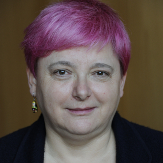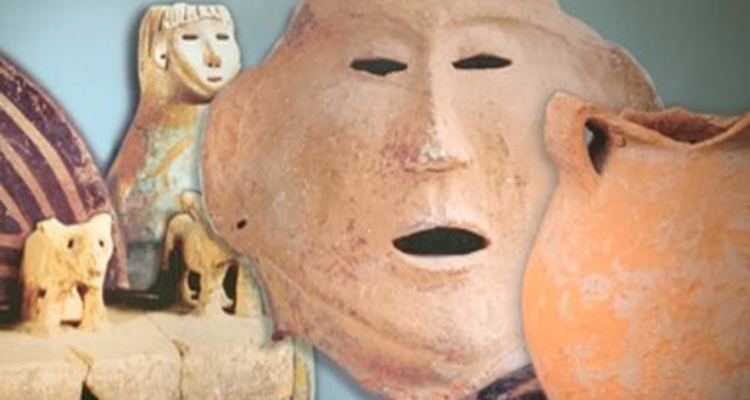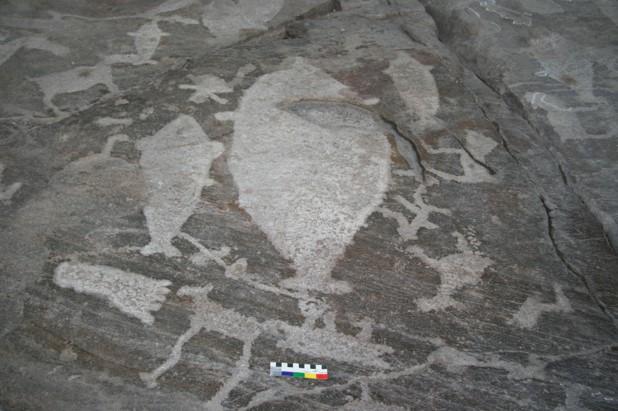Rock art - scene of whale hunt, taken by Dr Liliana Janik
The exhibition also showcases the experiential art where the morphology of the rock surface is used to mimic the real landscape, reflecting the ski and ski pole prints pecked into the rock. Finally, it explains the ancient artists' visual tradition by comparing it to the Cubist revolutionary movement in early 20th century Europe. The exhibit combines field recording, rock art rubbings, digitally-generated data and short video clips allowing viewers to explore the research as well as the most ancient art of Northern Europe. You can watch the exhibition below:
The second part of the talk focused on her current research, examining how existing machine learning models used in the recognition of face-based emotions can be used in assessing the emotional potency of art. Transmitting, receiving, and recognising emotions and feelings through facial expressions are crucial to the neurophysiological capacities of being human. What are those emotions? How can we unlock the emotional messages facial expressions convey?
Dr Janik's research can be divided into two very broad aspects of understanding and interpreting the past.
The first explores the creative traits of being human through a study of prehistoric figurines and rock art, dating to between 4000 and 6000 years ago. Dr Janik adopts methods from the hard sciences, which complement the understanding of cultural context based on the archaeological record. Specifically, she is investigating how prehistoric people made connections across the landscape of the Japanese archipelago during the later Jomon period (approximately 5,000-2,500 years ago) by recreating the movement of symbolic material culture (figurines) employing the scientific analysis of the clays they were made from. By analysing the chemical composition of the clay of whole figurines and their fragments and establishing the provenance of the clays used allows the testing of ideas about the movement of commodities and ideas in Jomon Japan, essential to a broader understanding of the nature of food procuring society.
A related research strand is drawing on existing machine learning models used in the recognition of face-based emotions to assess the emotional potency of art. Transmitting, receiving, and recognising emotions and feelings through facial expressions are a crucial part of the neurophysiological capacities of being human and they have been captured in facial depictions found in the archaeological record. Dr Janik focuses on the early farming Yangshao culture (approximately 7,000-4,000 years ago) located along the Yellow River in China.
The second aspect of her research concentrates on the use of the archaeological record and monuments in post-colonial late 20th and early 21st century Europe. She is studying the way archaeology-based narratives are used in a number of countries that emerged after the collapse of the Soviet Union. In particular, she concentrates on the Russian Federation Pan-Slavic narrative used in justification of the invasion of Ukraine, as well as on Lithuania, where Balts’ ethnicity and archaeological sites are used to establish a spiritual link to the land.
For more information, visit:



